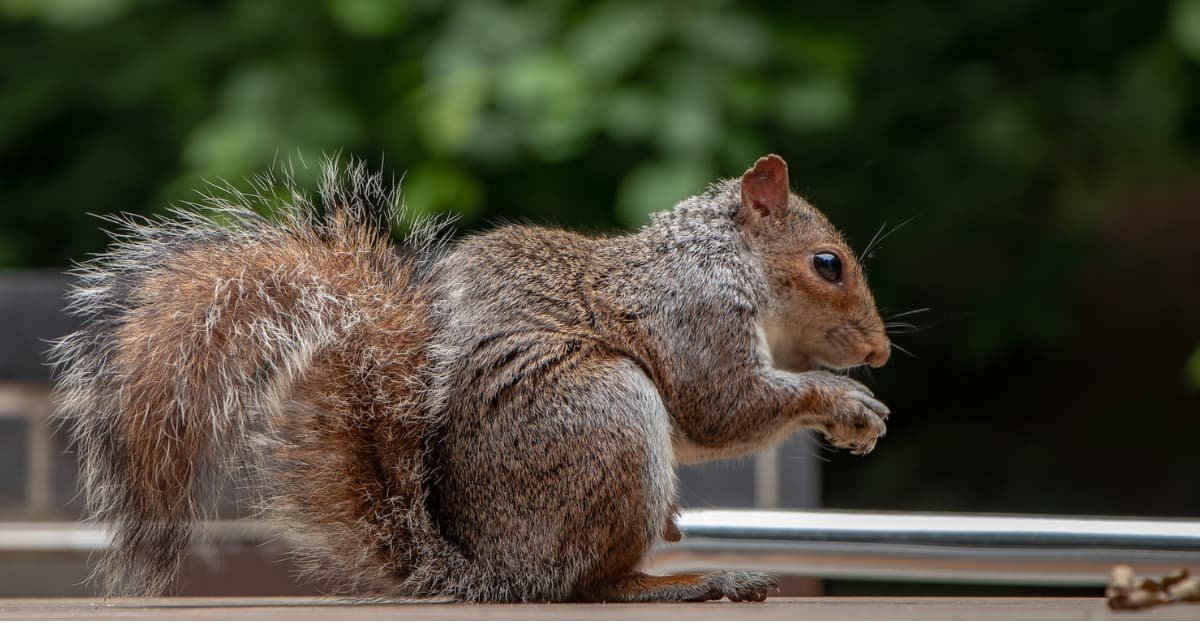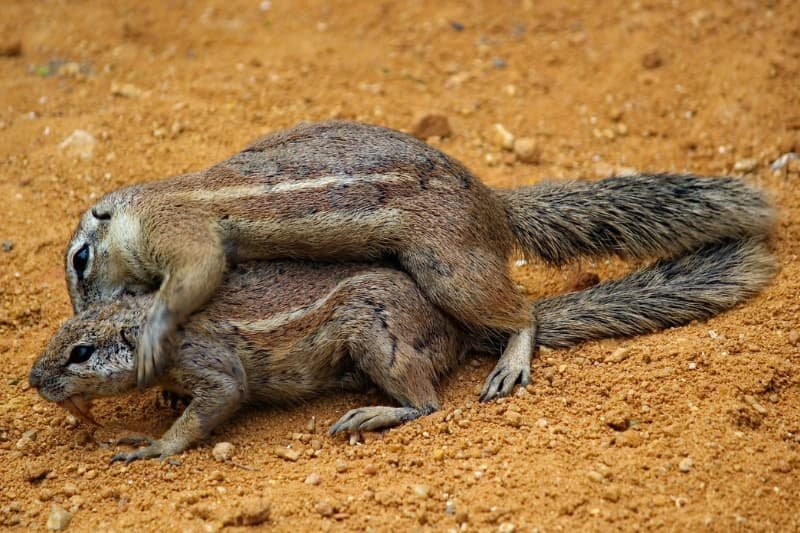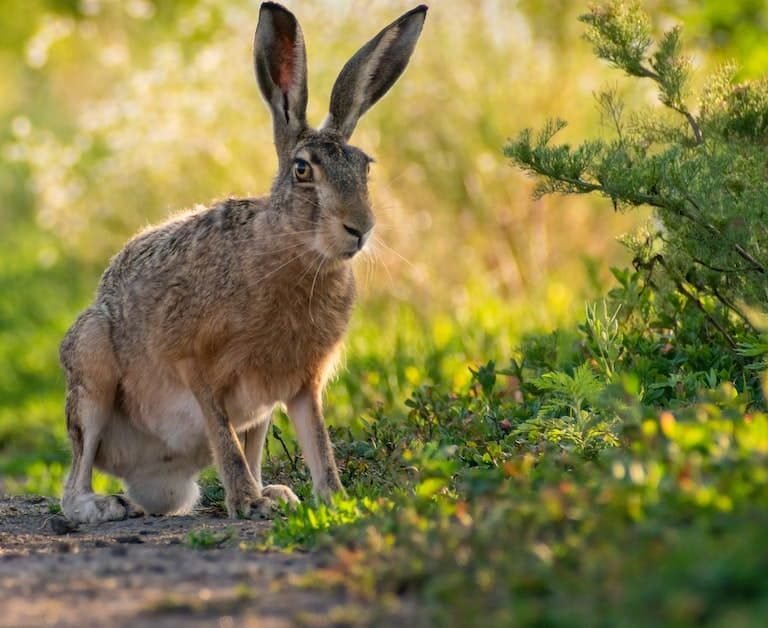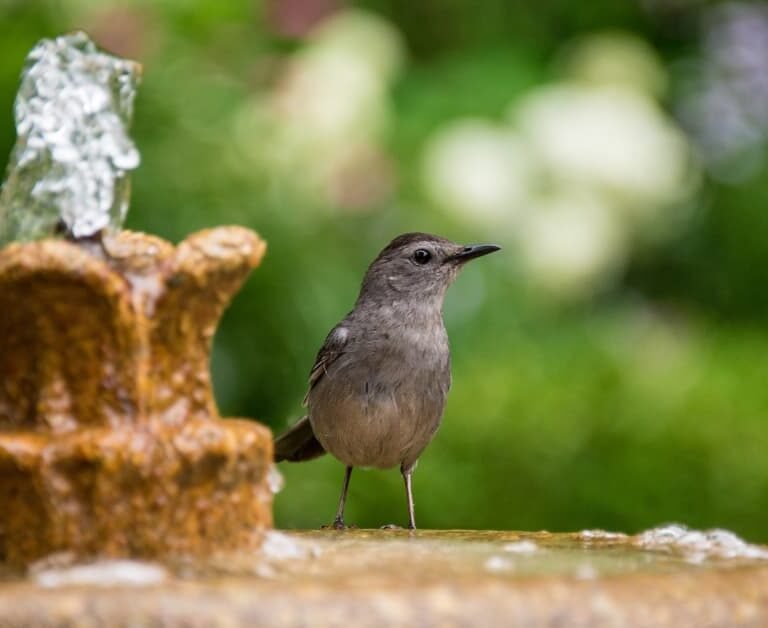
The fascinating world of squirrel mating calls is an intriguing topic that many animal lovers may not be aware of.
These unique vocalizations play a crucial role in the spring and fall mating seasons, when squirrels all around us engage in elaborate courtship rituals.
In this blog post, we’ll dive into the purpose behind these captivating calls, learn how to identify different sounds between male and female squirrels and discuss their significance within the animal kingdom.
Short Summary
- Squirrel mating calls are crucial for reproduction and play a significant role in the spring breeding season.
- Male and female squirrels have distinctive vocalizations used to attract potential mates, with male calls being more elaborate than females.
- Chatters, trills, whistles, buzz sounds, and barking are all unique squirrel mating call sounds that can be heard during the spring mating season.
- Understanding squirrel mating calls is key to appreciating their behavior and courtship rituals while observing them in nature.
Understanding The Importance Of Squirrel Mating Calls

Squirrel mating calls are crucial for reproduction, as they serve as a means of communication between male and female squirrels during the spring mating season.
The Purpose Of The Call
The intriguing world of squirrel mating calls may seem like a fascinating topic for animal lovers, but its importance extends far beyond mere curiosity.
The primary purpose of these vocalizations is to facilitate successful mating and ensure the survival and continuation of the species.
For example, during this time, male squirrels emit a buzz call to signal their readiness for courtship and attract nearby females in heat.
Simultaneously, female squirrels respond with chatters or trills that indicate their receptiveness to mate.
This intricate system of vocal communication enables males to locate suitable mates from significant distances away while also alerting other competing males about the presence of an available female.
Differences Between Male And Female Calls
Male and female squirrels both have distinct mating calls that are used to attract a mate. While both sexes use vocalizations, the differences between their calls can be subtle.
Male squirrel mating calls tend to be more elaborate, with chatters, trills and whistles all part of their repertoire. These sounds are meant to signal their availability to potential mates and compete with other males for attention.
During the breeding season, male squirrels may engage in chasing behavior as they try to track down receptive females. Females will emit distinctive buzz or mukmuk sounds when they want to attract a male’s attention.
Identifying Squirrel Mating Calls
Listen for chatters, trills, and whistles during the spring mating season to identify squirrel mating calls.
Distinctive Sounds To Listen For
Squirrel mating calls have a distinct sound that might be unfamiliar to most people. When listening for them, keep an ear out for chatters, trills, and whistles.
If you want to hear these sounds for yourself, it’s best to try and observe squirrels during their active behavior in the spring mating season. You can often hear them from their tree nests or as they move about looking for mates.
Interestingly enough, squirrel mating calls are one example of animal communication in nature, showing how diverse and unique each creature’s vocalizations can be!
Best Times And Locations To Hear The Call
Squirrel mating calls can be heard during the spring mating season, which typically occurs between January and June.
The best times to hear these vocalizations are early in the morning or late in the afternoon when squirrels are most active.
You’re likely to find them moving about trees or chasing one another around your local park or woods.
While it’s possible to hear these elaborate calls throughout many locations where squirrels inhabit, parks and quiet forested areas provide some of the best opportunities for listening in on these sounds of nature.
Regardless of where you choose to seek them out, keep your ears open for chatters, trills, and whistles as they indicate an active breeding behavior with males trying their best efforts at attracting their mate through elaborate vocalizations.
Appreciating The Beauty Of Squirrel Mating Calls
The squirrel mating call is a unique and fascinating aspect of nature that can provide insight into the behavior and communication of these furry creatures.
As animal lovers, we can appreciate and understand the importance of these vocalizations during their spring mating season.
By listening for distinctive noises such as buzz calls, female attraction sounds, chatters, trills, whistles, and barking while observing the active behaviors of male and female squirrels chasing each other up trees or on the ground searching for mates.
FAQs:
What does a squirrel mating call sound like?
A squirrel’s mating call can vary depending on the species, but it is typically a high-pitched chirp or series of chirps that are repeated rapidly.
When do squirrels usually mate and make their calls?
Squirrels typically mate twice per year, once in the spring and again in late summer or early fall. Their mating calls are most commonly heard during these times.
Why do male squirrels make mating calls?
Male squirrels use their mating calls to attract female mates by signaling their presence, strength, and availability for reproduction.
Are there any risks associated with hearing squirrel mating calls?
There are no significant risks associated with hearing squirrel mating calls aside from potential annoyance due to the frequency and volume of the sounds they produce. However, it is important to remember that squirrels may become more territorial during the breeding season, so it is best to keep a safe distance from them during this time.




